posterior circumflex humeral artery
:background_color(FFFFFF):format(jpeg)/images/library/13695/xm57IrMarlkSINkqmy4Cg_e38SFqxYqV_Arteria_circumflexa_humeri_posterior_2.png) Posterior circumflex humeral artery: Course, supply | Kenhub
Posterior circumflex humeral artery: Course, supply | KenhubAnatomy, Head and Neck, Arteria Posterior Humeral CircumflexIntroduction The posterior humeral circumflex artery (PHCA) originates from the third part of the axillary artery immediately after the origin of the previous humeral circumflex artery (AHCA). PHCA and other neurovascular structures leave the armpit through the quadrangular space between the major and minor muscles of the teres, the long head of the brachii muscle of the triceps, and the surgical neck of the humerus. After the PHCA passes through the quadrangular space, it revolves around the surgical neck of the humerus and supplies the surrounding muscles and the shoulder joint. It also forms rich anastomous with the AHCA and branches of the deep brachii arteries, suprascapulars and toracoacromiales. Structure and Function Axillary artery is a large vessel that supplies axill, lateral chest and upper limb with blood. It is divided into three parts by the lower pectoralis muscle. PHCA emerges from the third part of the axillary artery, which is distal to the lower frontier of the pectoralis muscle lower and prior to the subscapularis and the main muscles of the teres. As one side, the other two branches originating from the third part of the axillary artery include the subscapular trunk and the AHCA. The AHCA, which is the smallest artery of the two, forms anastomous with the PHCA to supply the wetland head. The latter serves as the predominant blood supply to the wetland head. Other anastomous connecting to PHCA include branches of the deep brachii arteries, suprascapulars and toracoacromials. Along with the axillary nerve and its associated vein, the PHCA leaves the armpit and enters the later scapular region through the quadrangular space, which is bound by the frontiers of the tires more inferiorly, lower teres superiorly, the long head of brachii triceps medially, and the surgical neck of the humerus laterally. The PHCA is divided into previous and later branches within the quadrangular space. Finally it is wrapped in the surgical neck of the humerus to provide the blood supply to the upper, lower and lateral portions of the humeral head, the glenohumeral joint and the surrounding shoulder muscles. These arterial branches also bend around the surgical neck of the humerus before supplying about two thirds of all the blood supply to the humeral head. The remaining 36% of the blood supply to the wetland head comes from AHCA. Because the PHCA provides the predominant blood supply, there are relatively low rates of osteonecrosis observed in proximal humerus-displaced fractures. Embryology The development of the arteries of the upper extremity correlates closely with the development of the upper extremity. The upper extremity outbreak develops from a group of mesenchymal cells activated in the side mesoderm and begins to form towards the end of the fourth week. Each member outbreak is composed of a mesenchyma mass that remains indifferentiated until it is ready to develop in other structures such as bone, cartilage and blood vessels later in development. The PHCA develops from the branches of the primary axial artery while developing. The primary axial artery, which later forms the brachial artery, emerges as the lateral branch of the seventh intersecmental artery of the dorsal aorta. This artery grows and branches at about the same speed as the outbreak of the extremity. As the primary axis grows out along the axial line, its proximal part forms the brachyal and axillary arteries, and then the PHCA. Blood and lymphatic supply The venous drainage of PHCA comes from its accompanying vein. The posterior humeral circumflex vein, which emerges as a branch of the axillary vein, travels with the axillary nerve and PHCA through the quadrangular space to supply the surrounding structures. Lymphs of the upper extremity drain the axillary lymph nodes. There are about 20 to 30 total axillary lymph nodes that subdivid into five major groups based on location: wetland (lateral), pectoral (anterior), subscapular (posterior), central and apical nodes. The lymph nodes belonging to PHCA and its associated structures are the humeral lymph nodes. These lymph nodes are found on the side wall of the armpit and are posteromedial to the axillary vein. In general, they receive lymph from most of the upper limb. The subclavian lymphatic trunk drains lymphatic shoulder and armpit. The lymphatic drainage of the subclavian trunk in the upper right extremity enters the right venous angle and drains into the right lymphatic duct, while the lymphatic drainage of the left drainage is drained directly into the chest duct. NervesThe axillary nerve, which is branched from the rear cord of the brachial plexus as contributions C5 to C6, runs superior to the PHCA while traveling together through the quadrangular space. The axillary nerve is then divided into an earlier and later branch, as it extends distally to provide the motor and sensory inervation to the shoulder muscles and overload skin. More specifically, the anterior branch of the axillary nerve provides the inervation of the engine to the anterior deltoid muscle and sensory inervation to the overfeeding skin. The rear branch provides the inervation of the motor the posterior deltoid muscle and the minor muscle of the tires and the sensory inervation to the skin by overflew the distal muscle deltoid and the proximal triceps. The rear branch also deactivates the brachyal brachial brachyal superolateral cutaneous nerve, which internalizes the two distal thirds of the posterior deltoid. Together, both the previous branches and the later internalize the middle third of the deltoid muscle, as well as the shoulder joint capsule. Muscles The previous and subsequent branches of the PHCA supply the shoulder muscles, which include the deltoid muscle, the major muscles of the teres and the minor muscles of the teres. physiological variablesThe anatomical variants of PHCA are very rare, but there are reports in some studies. Multiple case reports have documented the unusual origin of PHCA coming out of the subscapular artery as a branch of the first or second part of the axillary artery compared to the normal anatomy in which it branched out of the third part of the axillary artery with the subscapular trunk as an individual branch. Another study describes a case in which PHCA arises from the third part of the axillary artery, but as a branch of the deep brachyal artery rather than its normal variant of being a direct branch itself. Curiously, most of these studies have identified these anomalies as phenomena that occur unilaterally. Apart from the variations of their origin, other studies have reported variations in their course and the branches that leave the PHCA. A study reported a case in which the PHCA, accompanied by the axillary nerve and its associated vein, passes through the lower triangular space to reach the scapular region instead of its normal descent through the quadrangular space. The same study also reported an unusual origin of the radial collateral artery derived from PCHA that can imitate the symptoms of quadrangular spatial syndrome. Another study discussed the variations in the number of terminal branches coming out of the PHCA. The study revealed that 92% of patients, of a total of 92 patients, had a terminal branch that crossed the space between deltoid and proximal humerus. It was found that most patients had a single branch variant of the glass (75%), followed by double variants of the glass (16%), and finally triple variants. This finding has important implications during a surgical approach to the shoulder of the shoulder as these vessels are vulnerable to tear and can cause persistent bleeding that leads to prolonged surgery and postoperative hematoma and infection. Surgical Considerations Quadlateral Space Syndrome (QSS)QSS is secondary to compression or mechanical injury to the axillary nerve and/or PHCA. The involvement of PHCA results in vascular QSS, which occurs most often secondary to repetitive mechanical trauma in a predisposed or already compromised quadrangular space, as PHCA is wrapped around the wet neck during the movements of rapture shoulders and external rotation. Patients develop PHCA thrombosis and/or aneurysm with distal embolization and digital ischemia. The vascular form of QSS is treated with PHCA ligation to prevent distal embolization. The acute management of thrombotic embolism is with thrombolytic modalities. Next humerus fractures In the case of the management of proximal humeral fractures, a study identified anatomical milestones to establish rapid access to PHCA and AHCA as an effort to help protect the arteries during surgical fixation. The same study reported that the average distances from PHCA origin derived from the third part of the axillary artery to the infraglenoid tuber, the coracoid, the acromion and the midclavicular line were 27.7 mm, 50.2 mm, 68.4 mm and 75.8 mm respectively. Also, the average distances from the origin of ACHA to the same milestones were 26.9 mm, 49.2 mm, 67.0 mm and 74.9 mm. Clinical SignificancePHCA lesions are rare but may occur as a result of compression or trauma disorder. Article Author Article Editor:Updated:Feedback:PubMed Link: References Thiel R,Daly DT, Anatomy, Hombro and Cordero Superior, Arteria Axilar 2018 Jan; Khan IA,Varacallo M, Anatomy, Hombro and Cordero Superior, Arm Quadrangular Space 2018 Jan; Galley IJ,Watts AC,Bain GI, The annatomical relationship Journal of shoulder and elbow surgery. 2009 Sep-Oct Mostafa E, Varacallo M, Anatomy, Hombro and Cordero Superior, Humerus . 2018 Jan Pencle FJ,Varacallo M, Proximal Humerus Fracture . 2018 Jan Juneja P,Hubbard JB, Anatomy, Hombro and Cordero Superior, Arm Teres Minor Muscle 2018 Jan; Elzanie A,Varacallo M The Journal of Bone Surgery and Joint. American volume. 2010 Abr; Tang A,Varacallo M, Anatomy, Shoulder and Upper Lamb, Hand Carp Eggs 2018 Jan; Epperson TN,Varacallo M, Anatomy, Shoulder and Upper Lamb, Braquial Artery 2018 Jan; Cowan PT, Varacallo M, Anatomy, Back, Escape 2018 Jan; Chang IR, Altozeftawy E, Chronic post-traumatic nerve injuries. Skeletal radiology. 2010 May Goldman EM,Shah YS,Gravante N, A case of an extremely rare unilateral subscapular trunk and axillary artery variation in a male caucasian: compared to prevalence within other populations. Morphologie : bulletin de l'Association des anatomistes. 2012 Aug; Baral P,Vijayabhaskar P,Roy S,Kumar S,Ghimire S,Shrestha U, Multiple arterial abnormalities in the upper extremity. Kathmandu University medical journal (KUMJ). 2009 Jul-Sep; Durgun B,Yücel AH,Kizilkanat ED,Dere F, Multiple Blood Variation of the Higher Human Member. Surgical and radiological anatomy: SRA. 2002 May; Cavdar S,Zeybek A,Bayramiçli M, Rare variation of the axillary artery. Clinical Anatomy (New York, N.Y.). 2000; Mohandas Rao KG,Somayaji SN,Ashwini LS,Ravindra S,Abhinitha P,Rao A,Sapna M,Jyothsna P, Course of variation of the posterior circumflex humeral artery associated with the abnormal origin of the radial collateral artery: could you imitate the quadrangular spatial syndrome? Iranian medical act. 2012; Smith CD,Booker SJ,Uppal HS,Kitson J,Bunker TD, Anatomy of the terminal branch of the posterior circumflex humeral artery: relevance to the shoulder's delto-ectoral approach. The Brown SA bone,Doolittle DA,Bohanon CJ,Jayaraj A,Naidu SG,Huettl EA,Renfree KJ,Oderich GS,Bjarnason H,Gloviczki P,Wysokinski WE,McPhail IR, quadrilateral spatial syndrome: the Mayo Clinic experience with a new classification system and case series. Mayo clinical processes. 2015 Mar Chen YX,Zhu Y,Wu FH,Zheng X,Wangyang YF,Yuan H,Xie XX,Li DY,Wang CJ,Shi HF, Anatomical study of simple milestones to guide rapid access to humeral circumflex arteries. BMC surgery. 2014 Jun 26; Hangge PT,Breen I,Albadawi H,Knuttinen MG,Naidu SG,Oklu R, Quadrilateral Space Syndrome: Diagnosis and Clinical Management. Clinical medicine journal. 2018 Apr 21; Rollo J,Rigberg D,Gelabert H, Space Syndrome Vascular Quadrilátero in 3 Titular Athletes: Cause of Digital Ischemia. Vascular surgery tests. 2017 Jul; Gorthi V,Moon YL,Jo SH,Sohn HM,Ha SH, injury of the posterior circumflex humeral artery that threatens secondary life to the dislocation of fracture of the proximal humerus. Orthopedics. 2010 Mar; Become a Best ProfessionalRight © 2021 StatPearls
Posterior humeral circumflex artery - Wikipedia
![Figure, Posterior humeral circumflex artery. Image courtesy S Bhimji MD] - StatPearls - NCBI Bookshelf Figure, Posterior humeral circumflex artery. Image courtesy S Bhimji MD] - StatPearls - NCBI Bookshelf](https://www.ncbi.nlm.nih.gov/books/NBK538283/bin/Posterior__humeral__circumflex__artery.jpg)
Figure, Posterior humeral circumflex artery. Image courtesy S Bhimji MD] - StatPearls - NCBI Bookshelf
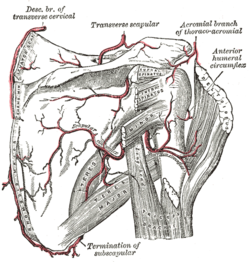
Posterior humeral circumflex artery - Wikipedia

Axillary Artery | Radiology Key
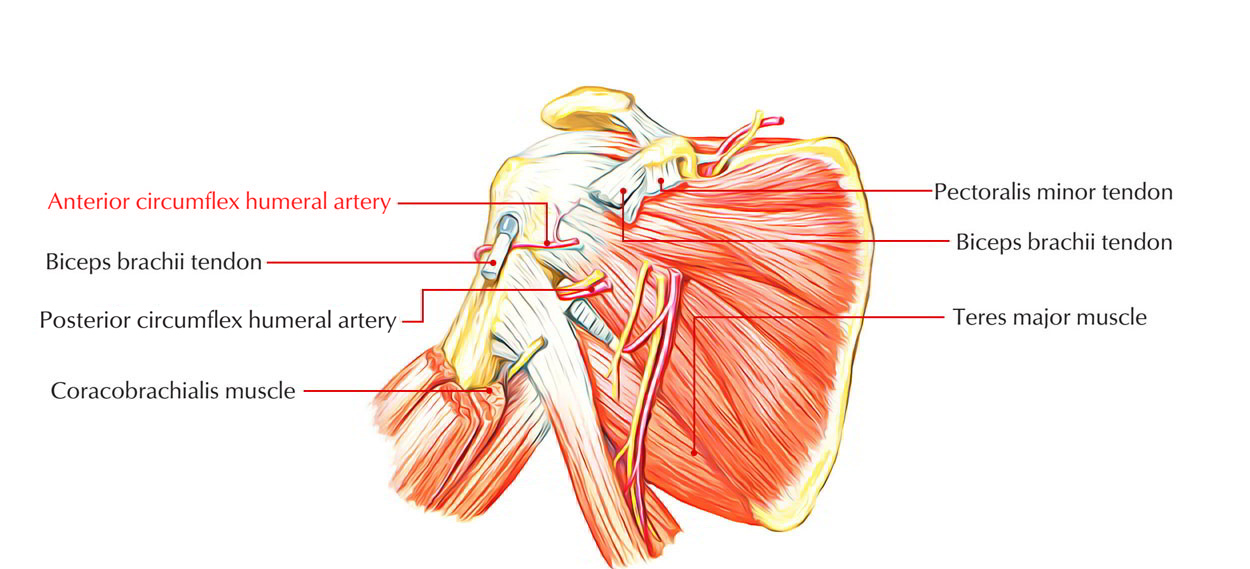
Anterior Circumflex Humeral Artery – Earth's Lab
:background_color(FFFFFF):format(jpeg)/images/library/13549/DFXsOZxZ7xicyhLT9bS8Q_Circumflex_scapular_artery__1_.png)
Circumflex scapular artery: Anatomy, branches, supply | Kenhub
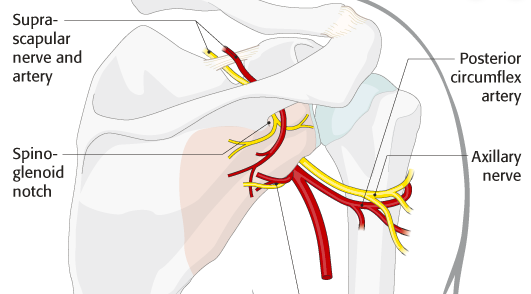
Pain in the Back of the Shoulder: Quadrilateral Space Syndrome — Dynamic Physio Therapy | Naples, FL | Physical Therapy

Shoulder Thumb Posterior Humeral Circumflex Artery Coronal Plane PNG, Clipart, Abdomen, Anatomy, Arm, Artery, Axillary Artery

Image result for anterior and posterior circumflex humeral arteries | Arteries, Brachial, Dissection
Safe zones in the proximal humerus

Posterior circumflex humeral artery | Download Scientific Diagram

Neurovascular Disorders: Arterial Conditions in Athletes | Musculoskeletal Key

Vascularization of the humeral head. | Download Scientific Diagram
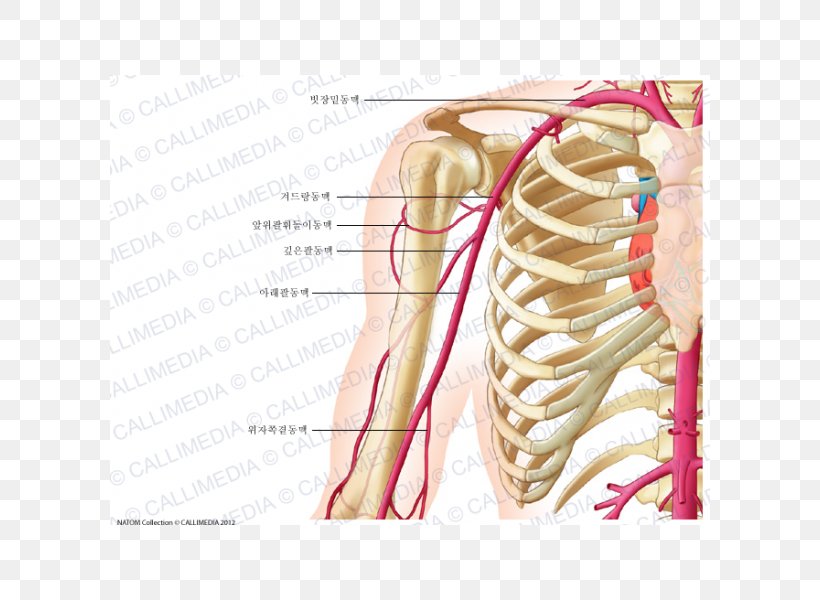
Anterior Humeral Circumflex Artery Anatomy Coronal Plane Posterior Humeral Circumflex Artery, PNG, 600x600px, Watercolor, Cartoon, Flower,

Clinical case: Dislocated shoulder | Avascular necrosis, Subscapularis muscle, Supraspinatus muscle
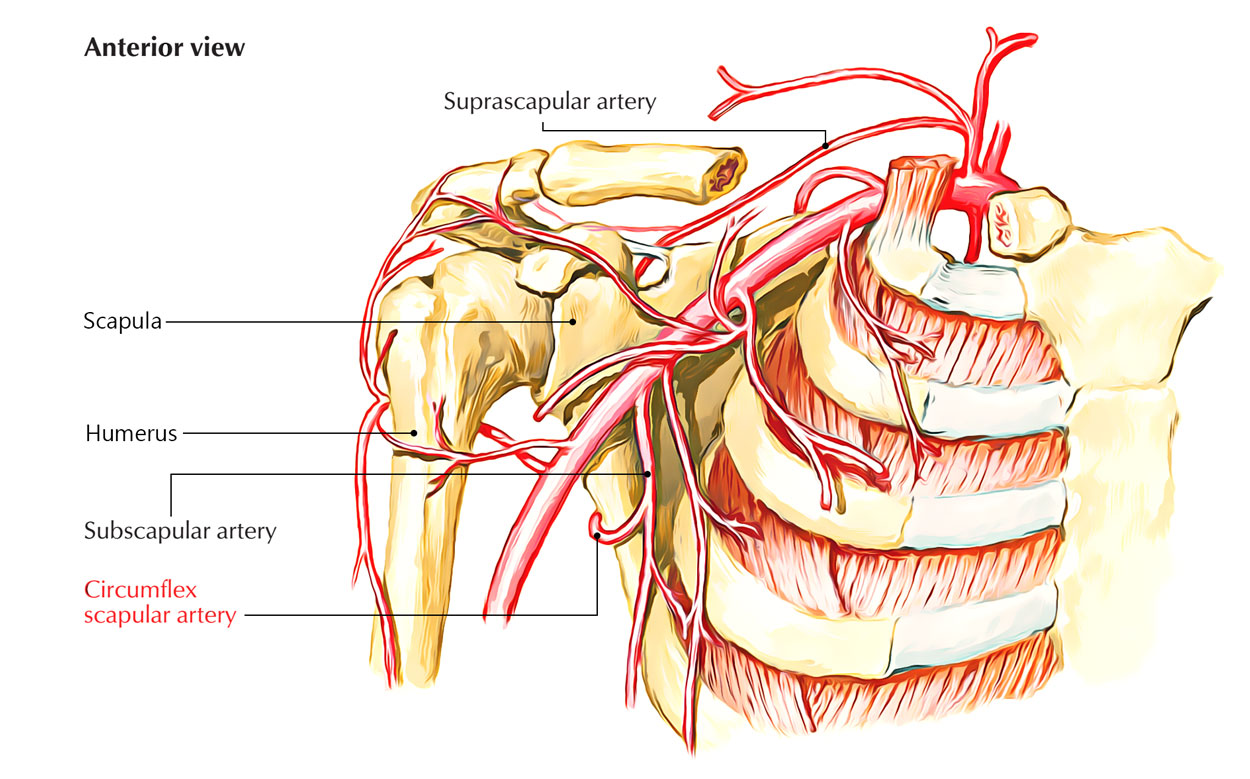
Easy Notes On 【Circumflex Scapular Artery】Learn in Just 3 Minutes! – Earth's Lab

Science & Medicine: Posterior Circumflex Humeral Artery

Posterior Humeral Circumflex Artery < Axillary Artery << Subclavian Arteries <<< Arteries of the Head & Neck @ Wellness Advocate . com

Figure 3 from Variant course of posterior circumflex humeral artery associated with the abnormal origin of radial collateral artery: could it mimic the quadrangular space syndrome? | Semantic Scholar

Image result for posterior circumflex artery | Arteries anatomy, Anatomy, Arteries
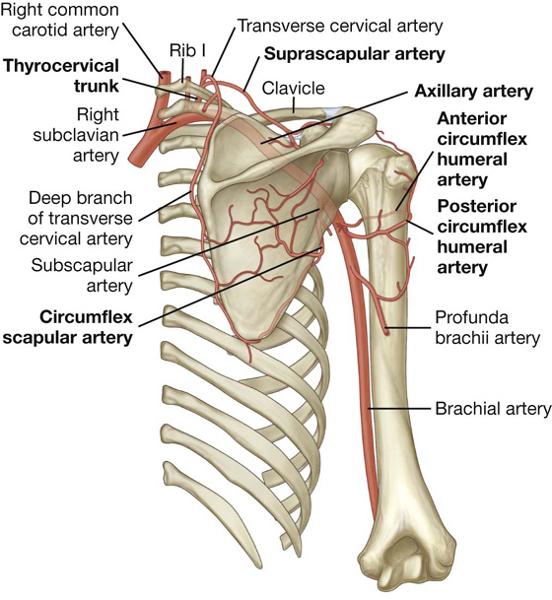
Print Blood Vessels of the Upper Limb flashcards | Easy Notecards

Anatomical investigation of the posterior humeral circumflex artery using 3D CT angiography: Avoiding axillary nerve injury when using minimally invasive plate osteosynthesis | Semantic Scholar
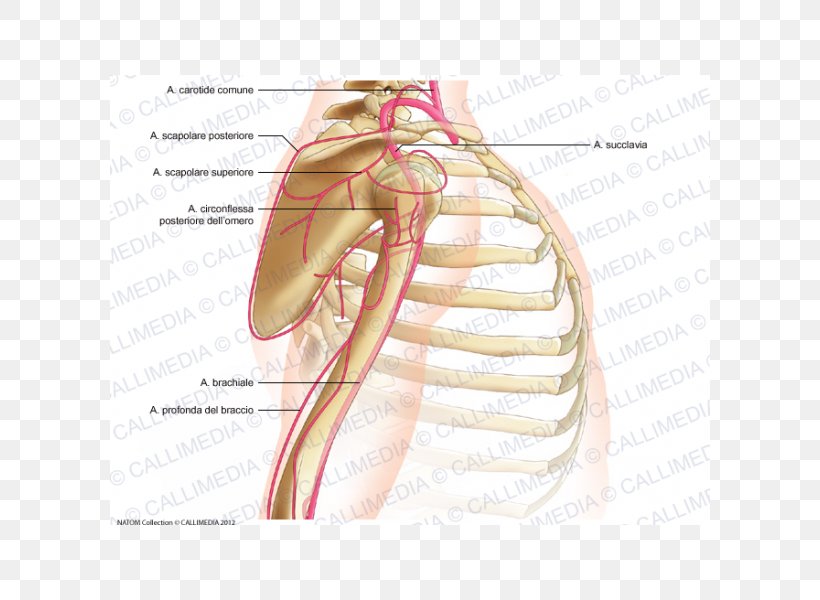
Thumb Shoulder Joint Arm Posterior Humeral Circumflex Artery, PNG, 600x600px, Watercolor, Cartoon, Flower, Frame, Heart Download

Figure 2 | Variant Branching Pattern of Axillary Artery: A Case Report
Posterior circumflex humeral artery
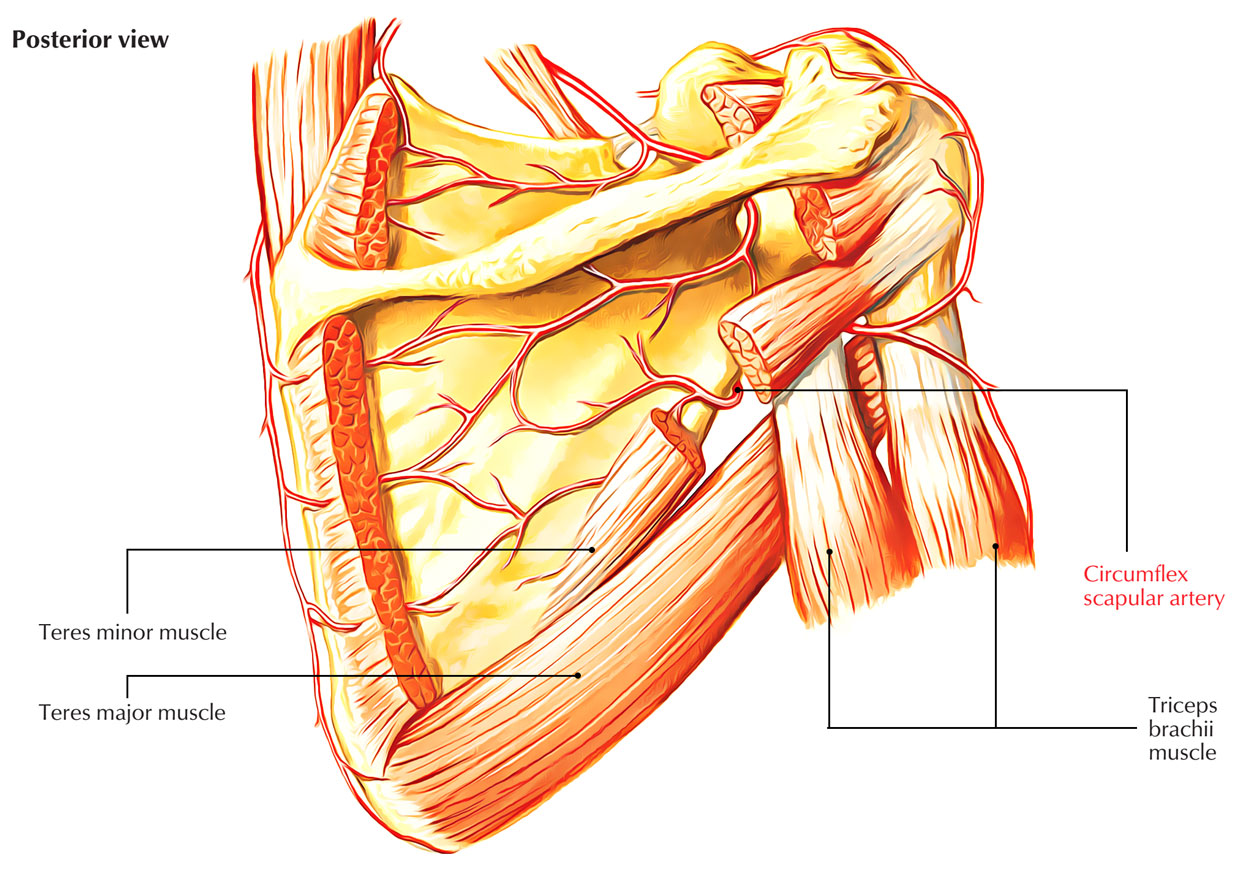
Easy Notes On 【Circumflex Scapular Artery】Learn in Just 3 Minutes! – Earth's Lab
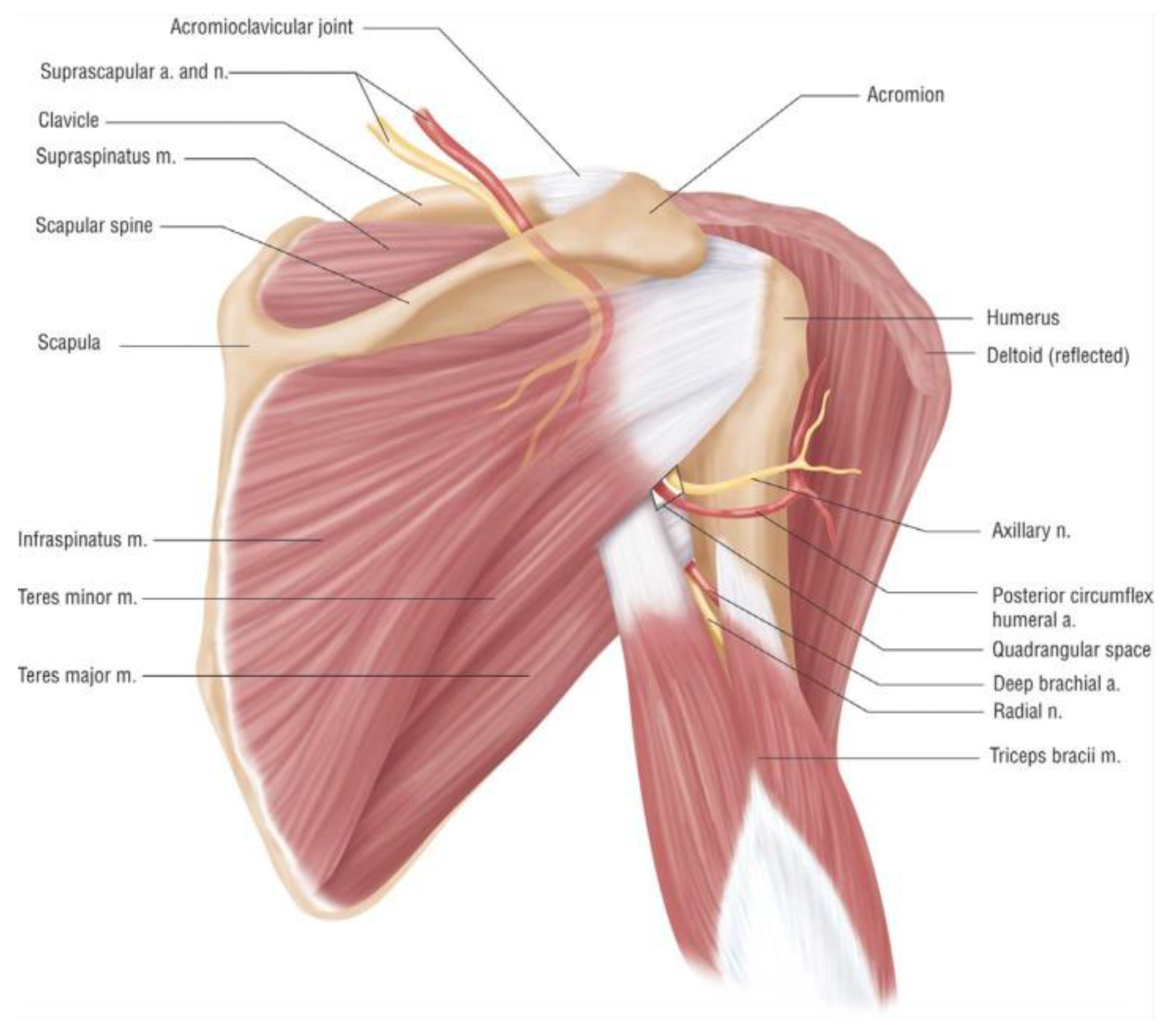
JCM | Free Full-Text | Quadrilateral Space Syndrome: Diagnosis and Clinical Management | HTML
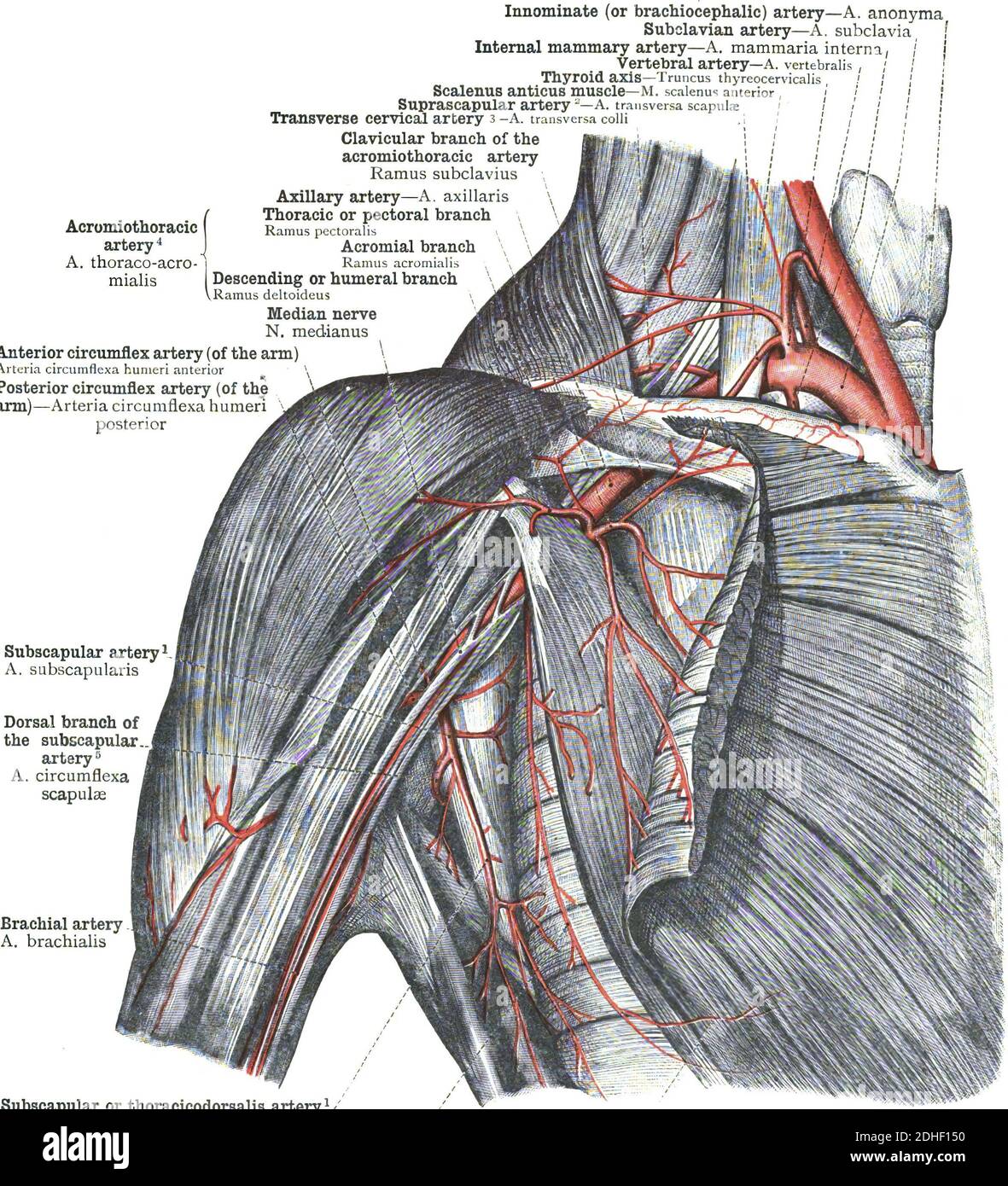
The anatomy of posterior humeral circumflex artery Stock Photo - Alamy

Tuberosity Fractures | Musculoskeletal Key

Figure 2 from Variant course of posterior circumflex humeral artery associated with the abnormal origin of radial collateral artery: could it mimic the quadrangular space syndrome? | Semantic Scholar
Orthopaedics MSc UCL ar Twitter: "Proximal humerus blood supply: 1. Anterior humeral circumflex artery The arcuate artery is the terminal branch of the anterolateral ascending branch and is the main supply to

B1 Vascular Flashcards | Quizlet

Figure 1 from Variant course of posterior circumflex humeral artery associated with the abnormal origin of radial collateral artery: could it mimic the quadrangular space syndrome? | Semantic Scholar
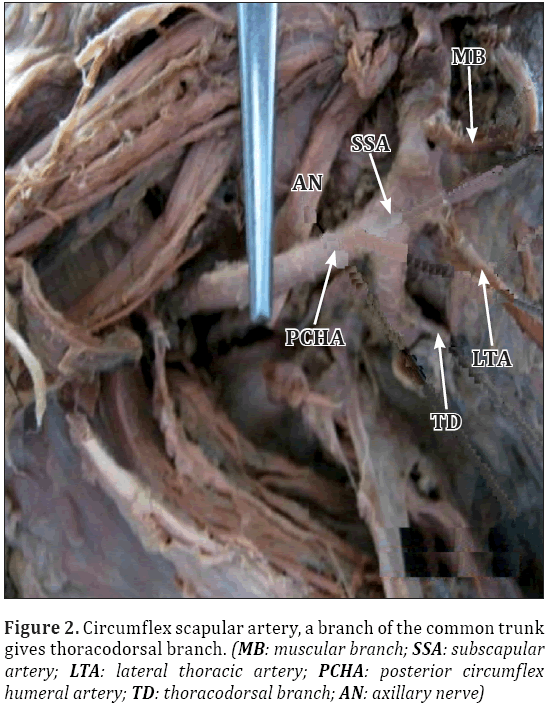
Variation in the branching pattern of axillary artery – a case report
Abnormal origin of posterior circumflex humeral artery and subscapular artery: case report and review of the literature
Posterior circumflex humeral artery

View of the quadrilateral space (white box), posterior circumflex... | Download Scientific Diagram
Anatomy Veins and Arteries of the Upper Extremity Flashcards

Anterior humeral circumflex artery - Wikiwand

Anatomical investigation of the posterior humeral circumflex artery using 3D CT angiography: Avoiding axillary nerve injury when using minimally invasive plate osteosynthesis | Semantic Scholar
Posting Komentar untuk "posterior circumflex humeral artery"